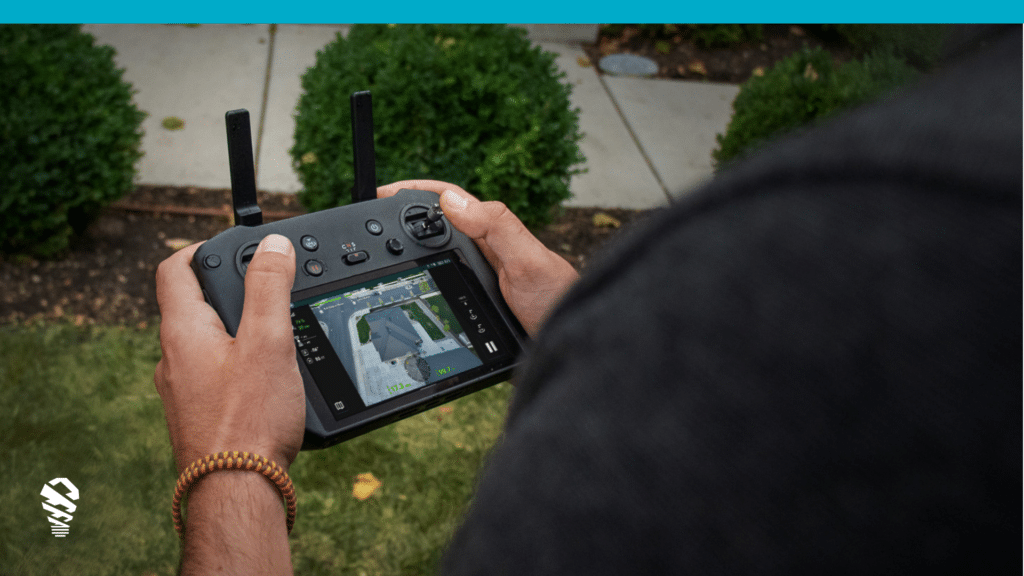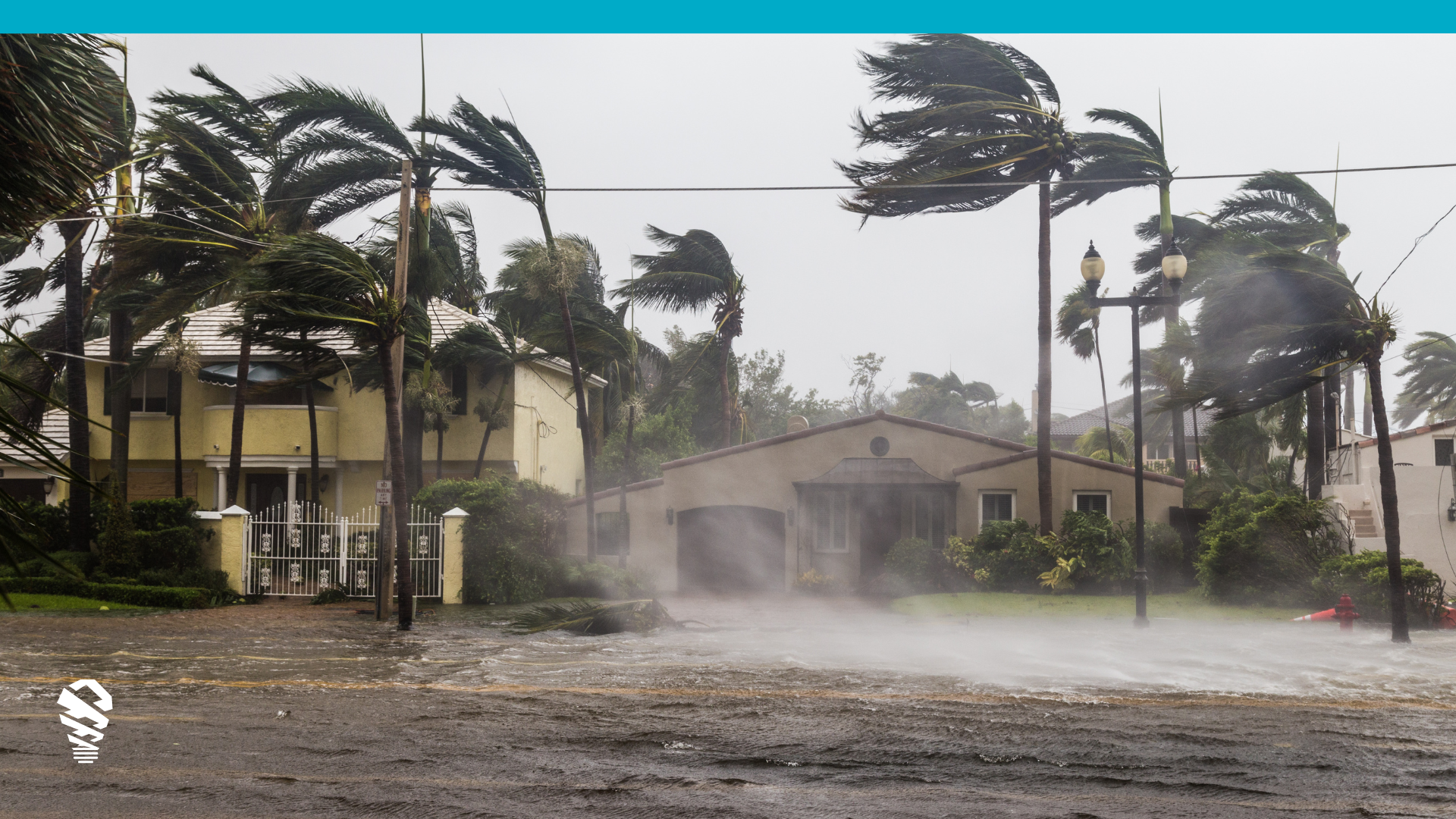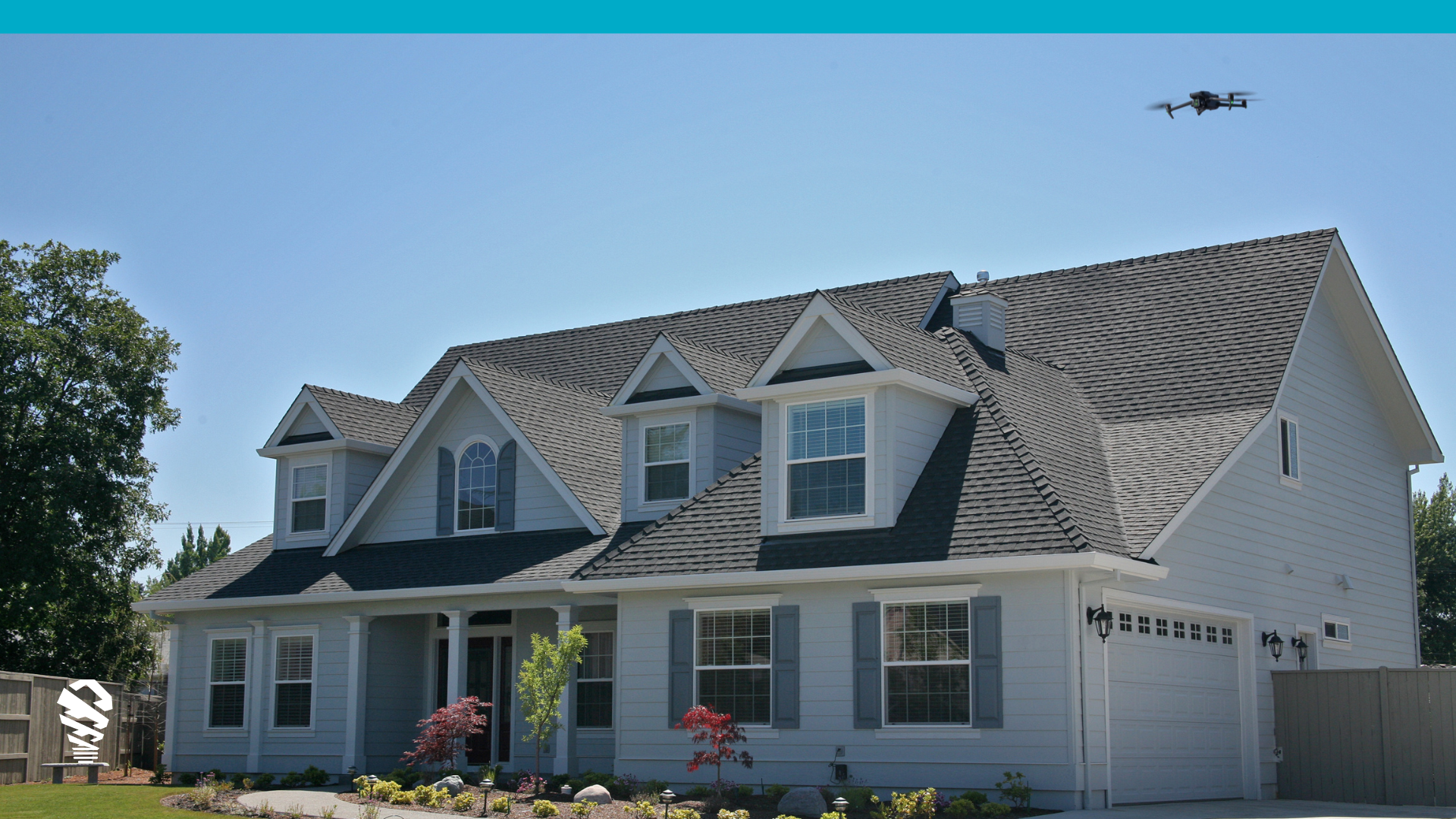It’s not 2018 anymore, your tools should integrate with hardware and share data seamlessly. Drone data is the gold standard in solar site surveys because it provides bankable (literally) accuracy for your estimates, design, engineering, and financing. Precision and specialization are not just nice-to-haves; they’re requirements. That’s why integrating drone hardware with software directly into your operations takes you from participating to dominating the solar industry.
Why Integrated Drone Software Matters
Software and hardware integration reduce friction across the deployment. It’s not about making user experience more convenient, hardware-software integration allows for increased automation, ensuring consistency in data capture for accurate outputs, faster onboarding, and quicker data transfer through the cloud across your organization. To sum up the argument for an integrated solution, while generic drones can capture images, specialized solutions offer streamlined workflows with better accuracy, consistency, and speed.
Automated Flight Plans with Industry-Specific Intelligence
A generic drone can be as basic as a flying camera. A great tool for what it is made for (photography, videography) but worthless for what you are interested in (roof measurements, shade calculations). Intuitively, you understand that software is needed to add value to the hardware platform capturing imagery. Isn’t it logical, then, that integrating the two would provide the best result? With the right software, a simple drone can provide data that it never could on its own, offering features such as automated drone flight, safer flying, ensure full coverage of the property being surveyed, fast and seamless data transfers because pulling SD cards is so 2014. By automating flight plans, drones equipped with industry-specific intelligence eliminate human error, ensuring comprehensive site data that drives superior estimates, better claims decisions, and optimal panel placement and system design.
Integrated Drones for Faster ROI
Let’s talk numbers. Understanding that software is the solution, but the drone is a means to that end, how should you calculate the ROI of investing in drone hardware? Calculate the value of the software with the initial investment of the hardware. We do that but measuring software performance.
For IMGING drone solar site surveys we offer the following resources; how to calculate IMGING ROI through faster processes, and how to lower your cancellation rate and retain more sales. More success stories here.
What is the takeaway here? Don’t get hung up on the drone, it’s a means to an end. The risk is purchasing a sub-standard drone that works with low-cost software that provides unreliable data. The benefit to getting it right is an integrated hardware and software solution that provides a premium benefit to your business, giving you the best solution possible. As the links point out, you should evaluate the ROI of integrated drone systems by considering not only the cost savings from reduced solar redesigns but also the accelerated project timelines that enhance customer satisfaction and turnover rates.
Training and Support Advantages
While some claim specialized systems require more training, the opposite is true. A sophisticated yet elegantly integrated system will lower training and onboarding requirements. There is no need to be an expert on data imagery capture, fluent in drone flight planning, or able to calculate coverage for the creation of orthomosaic images when software does it all for you. Automation means software is in charge, when software is in charge, knowledge to complete the flight manually is not needed. Advanced yet user-friendly, integrated drone systems simplify the onboarding process, allowing new technicians to achieve proficiency with minimal training, thereby reducing operational downtime
Maintenance and Support Reality
The idea that integrating drones with specialized software for solar site surveys poses a risk is a myth. Quality drones are designed with a Software Development Kit (SDK), ensuring they are built to seamlessly integrate with software applications without jeopardizing the warranty—any suggestion to the contrary simply isn’t based on facts.
Furthermore, when you choose a system like IMGING, you’re not locked into purchasing specific hardware at a markup. IMGING supports flexibility by allowing you to source your drone or use a compatible one you already own. This approach underscores that our commitment lies in providing superior software solutions, not in selling hardware. This flexibility and integration capability ensure that choosing the right drone for solar surveys is foolproof, akin to being able to switch between word processors on any PC. The seamless integration facilitated by SDKs ensures that drones operate at peak efficiency with minimal maintenance, solidifying their role as a reliable tool in solar surveying.
Safety and Compliance
Integrating airspace approval and LAANC authorization directly into an app dramatically simplifies the process for drone operators, enhancing the overall user experience. This seamless integration not only streamlines the approval process, ensuring that pilots can secure necessary permissions efficiently, but also significantly simplifies regulatory compliance. By automating these critical steps, the app reduces administrative hurdles and minimizes delays, allowing operators to focus more on mission planning and execution rather than paperwork. This approach not only saves time but also reduces the risk of compliance issues, making it a smarter choice for professional drone operations.
Real-World Performance
In conclusion, while the appeal of generic, “drone-agnostic” platforms might seem attractive as the drone is a means, not the end. But what end are getting? The integration between software and drone hardware transforms the drone into a site survey solution. Lower-end drones without an SDK and the ability to integrate will never be more than a drone. The solar industry’s specific demands require purpose-built solutions. The initial investment in specialized technology is quickly offset by improved accuracy, faster deployments, and significantly reduced errors. In an industry where precision and reliability directly impact your bottom line, choosing the right tool isn’t about flexibility—it’s about excellence.
Remember: In solar installation, we’re not just taking pictures—we’re capturing critical data that determines system performance for decades. The choice isn’t between being forced into a solution or having freedom; it’s about choosing the right tool for the job.








